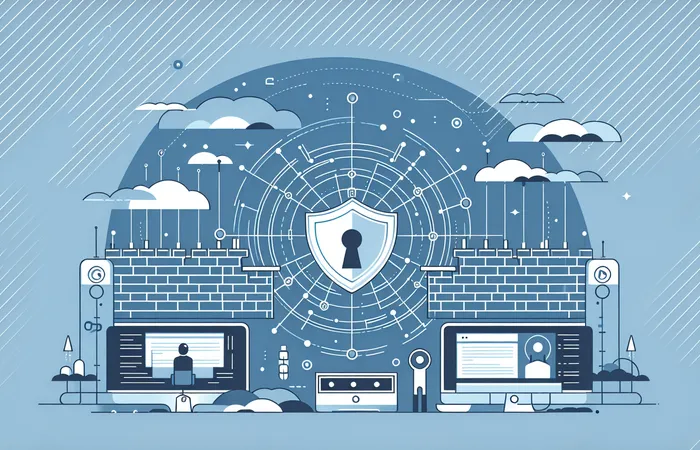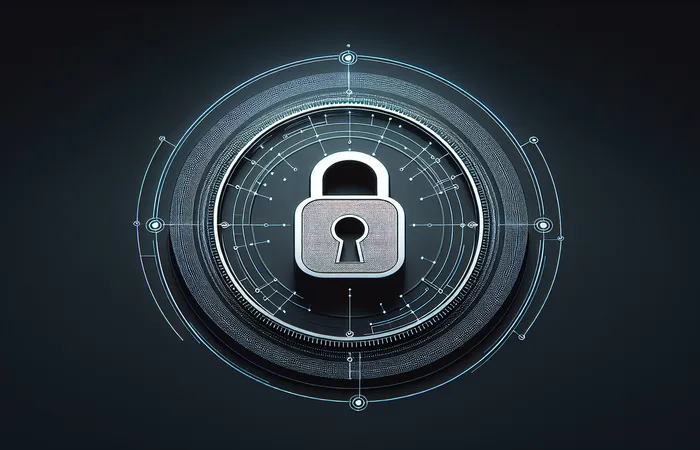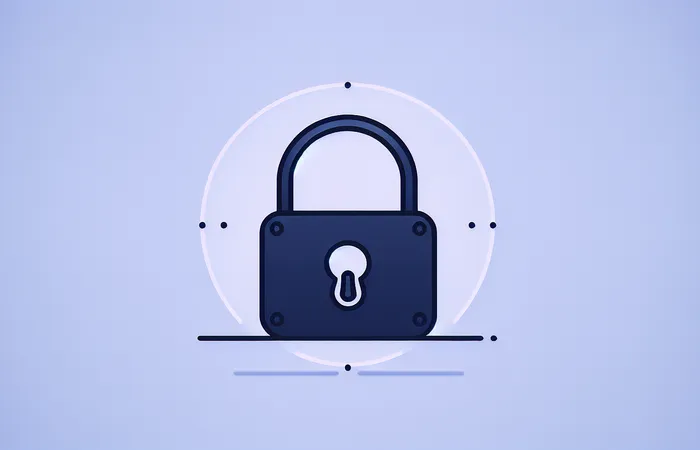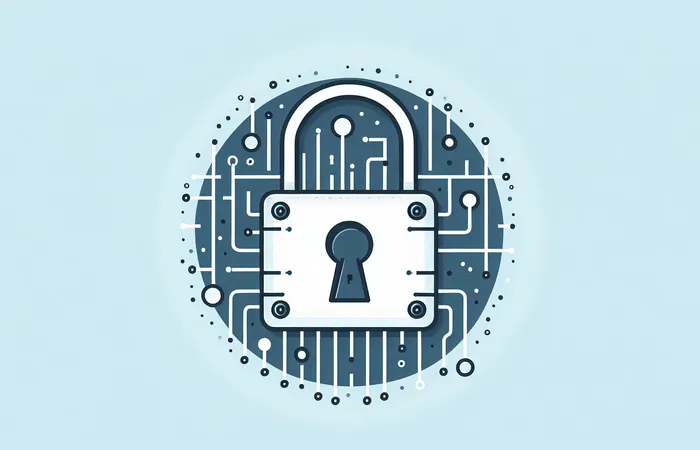How to Defend your Company from Hackers

Understanding how to defend your company from hackers is crucial in today's digital age. Learn essential strategies and tools to keep your business secure.
Why Cybersecurity is Crucial for Businesses
In the age of digital transformation, businesses face an ever-evolving landscape of cyber threats. Cyberattacks can damage your company’s reputation, incur financial losses, and lead to legal consequences. Therefore, implementing robust cybersecurity measures is not just an IT issue but a business imperative.
Comprehensive Risk Assessment
Before you can effectively protect your company, you need to understand the vulnerabilities. Conduct a thorough risk assessment to identify potential weaknesses in your digital infrastructure. Evaluate all areas, including network security, software vulnerabilities, and human factors such as employee practices. A detailed risk assessment forms the foundation of a strong cybersecurity strategy.
Implementing Strong Access Controls
One of the most effective ways to protect your company is by deploying strong access controls. Limit access to sensitive information and systems to only those employees who need it. Utilize multi-factor authentication (MFA) to provide an additional layer of security. This approach ensures that even if login credentials are stolen, unauthorized access is still prevented.
Employee Training and Awareness
Employees are often the weakest link in cybersecurity. Implement regular security training programs to educate your team on the importance of protecting sensitive information and the potential threats they may encounter. Topics should include recognizing phishing attacks, safe internet browsing habits, and secure password management. A well-informed workforce can be a powerful line of defense against cyber threats.
Updating and Patching Systems
Keeping your systems updated is crucial in defending against hackers. Cybercriminals often exploit vulnerabilities in outdated software to gain access to your systems. Implement regular patch management processes to ensure that all software, including operating systems, applications, and security tools, are up to date with the latest security patches and updates.
Advanced Threat Detection Tools
Investing in advanced threat detection tools can help identify and mitigate potential attacks before they cause damage. Solutions like Intrusion Detection Systems (IDS), Intrusion Prevention Systems (IPS), and Security Information and Event Management (SIEM) systems can monitor network traffic and alert you to suspicious activities. These tools can significantly reduce the time it takes to respond to threats.
Incident Response Plan
Despite the best preventative measures, breaches can still occur. Having a well-defined incident response plan is essential for minimizing damage. Your plan should include steps for containing the breach, eradicating the threat, and recovering data. Ensure that all employees are aware of their roles in the response process and conduct regular drills to test your plan’s effectiveness.
Data Encryption
Encrypting sensitive data adds a significant layer of security. Even if cybercriminals manage to intercept your data, encryption makes it unreadable without the proper decryption keys. Implementing encryption for data at rest and in transit protects your company against data breaches and bolsters overall security.
Regular Security Audits
Conducting regular security audits helps ensure that your cybersecurity measures are effective and up to date. Audits can uncover weaknesses in your current setup and provide insights into areas that require improvement. Engaging third-party security experts for audits can provide an unbiased perspective and uncover issues that internal teams might overlook.
Utilizing Cybersecurity Frameworks
Adopting established cybersecurity frameworks such as NIST, ISO 27001, or CIS Controls can provide a structured approach to managing your cybersecurity practices. These frameworks offer guidelines and best practices that help organizations strengthen their defense mechanisms against cyber threats. Following a recognized framework can also demonstrate your commitment to security to clients and stakeholders.
Monitor and Analyze Logs
Keeping a close eye on system logs can reveal anomalies and potential security incidents. Implementing centralized log management solutions enables you to collect, analyze, and store logs from various sources in a single location. Automated tools can assist in identifying patterns that may indicate malicious activities.
Investing in Cybersecurity Insurance
While cybersecurity insurance doesn’t prevent attacks, it can mitigate financial impacts. This specialized insurance covers costs associated with data breaches, including legal fees, notification expenses, and remediation costs. Evaluate policies that best suit your business needs and ensure it complements your overall cybersecurity strategy.
Summary
Defending your company from hackers requires a multi-layered approach that includes robust risk assessment, strong access controls, continuous employee training, and advanced threat detection tools. Regular updates, data encryption, and an incident response plan are critical components. Implementing recognized cybersecurity frameworks and conducting regular audits further solidify your defenses. By adopting these best practices, your organization will be better prepared to fend off the relentless tide of cyber threats.
Keep your company secure by staying informed and proactive in your cybersecurity efforts. The cost of prevention is significantly less than the potential financial and reputational damage caused by a breach.



